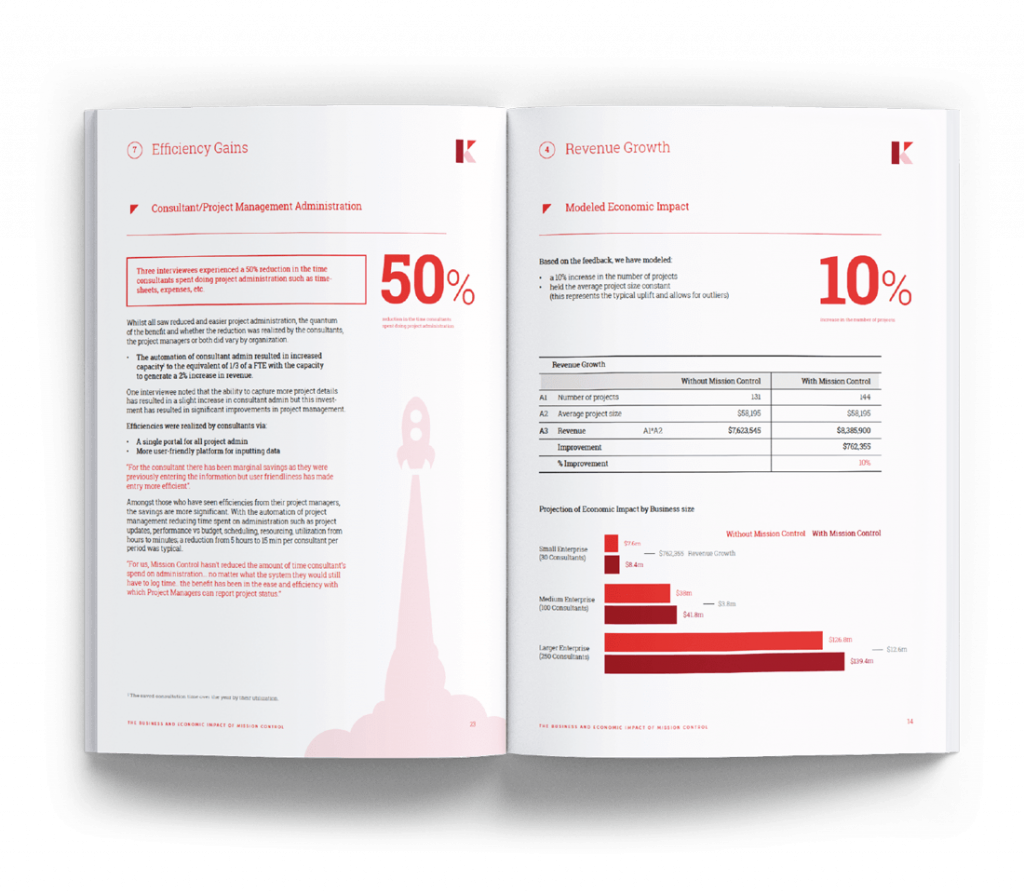Deactivating a user in Salesforce is a common task for administrators, whether it’s due to an employee leaving the company or a change in user roles. However, it’s crucial to follow best practices to ensure data integrity, security, and a smooth transition for ongoing operations. Here are some recommendations on how to deactivate a Salesforce user effectively:
Plan Ahead: Before deactivating a user, make sure to have a plan in place. Identify who will take over the user’s responsibilities, transfer ownership of records, and ensure that critical tasks and processes are not disrupted.
Data Ownership Transfer: Transfer ownership of records owned by the user being deactivated to another active user in Salesforce. This includes leads, contacts, opportunities, cases, and any other relevant records. Use Salesforce’s data transfer tools or automation to streamline this process.
Review Permissions and Access: Review the user’s profile, permission sets, and role to understand their level of access and permissions. Ensure that the user’s access is revoked appropriately to prevent unauthorized access to sensitive data.
Disable Login Access: Deactivate the user’s login access immediately to prevent them from logging into Salesforce. You can do this by changing the user’s profile settings or by deactivating the user entirely.
Communicate Changes: Notify relevant stakeholders about the user deactivation and any changes in responsibilities or ownership. Clear communication helps avoid confusion and ensures a seamless transition.
Review Integrations and Automation: If the user being deactivated is part of any integrations or automation processes, review and update these configurations accordingly. Ensure that there are no disruptions to data flows or business workflows.
Monitor for Unused Licenses: Regularly monitor Salesforce licenses to identify and deactivate unused licenses. This helps optimize costs and ensures that licenses are allocated efficiently.
Document the Deactivation Process: Document the steps taken during the user deactivation process for auditing purposes. Include details such as date and time of deactivation, data transfers, access changes, and communications.
Follow Up: After deactivating a user, follow up with the new owner of the records and processes to ensure that everything is functioning smoothly. Address any issues or concerns promptly.
By following these best practices, you can deactivate Salesforce users effectively while maintaining data integrity, security, and operational continuity. Remember to regularly review and update your user management processes to adapt to changing business needs and compliance requirements.




